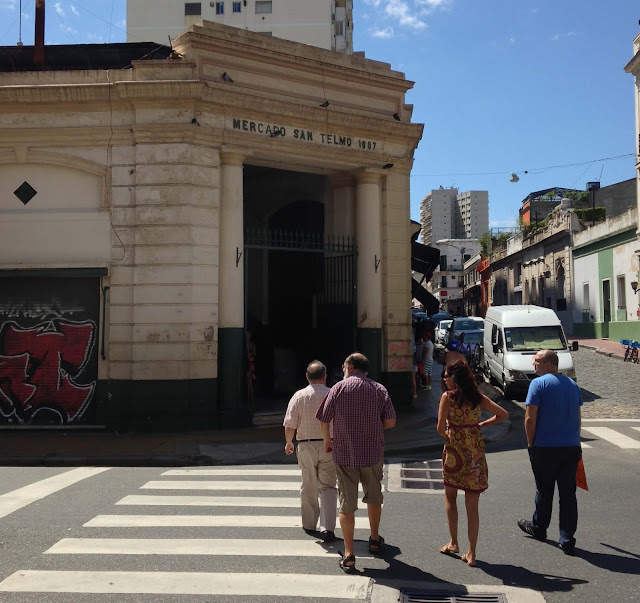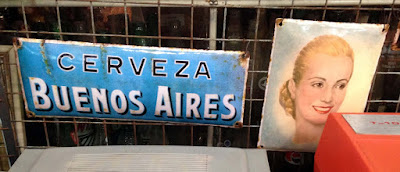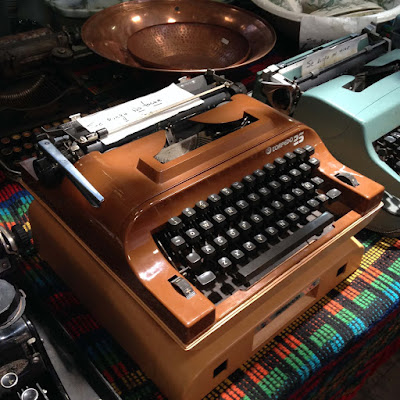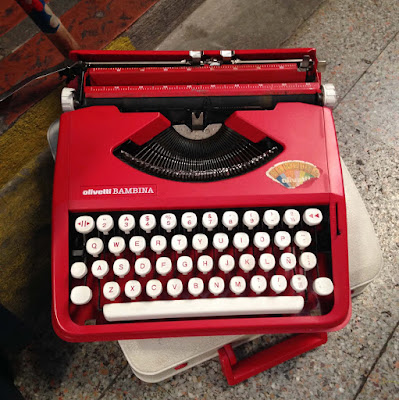I spent a very pleasant evening with Buenos Aires typewriter lover Guillermo Fernández Boan, who showed me lots of interesting typewriters in his collection. (You can see more photos of his machines
on The Typewriter Database.)
Here are some notable machines. A quiz at the end will test your typewriter wits!
A Sun with the Argentinian distributor's decal. Guillermo says Suns are poorly designed and it's hopeless to try to get them to type.

Revilo no. 5: a rare name variant of the nickeled Olivers that were sold in Latin America. Sometimes names run backwards in the Southern Hemisphere.

This Bing no. 2 is literally in mint condition—its packing material was never removed.

The Monpti (secretly a Consul) is another typewriter Guillermo describes as bad. He also says that the color of the plastic varies a lot, and often it's a brick red rather than the pure red you see here.

A pretty woodgrain Olympia Progress.
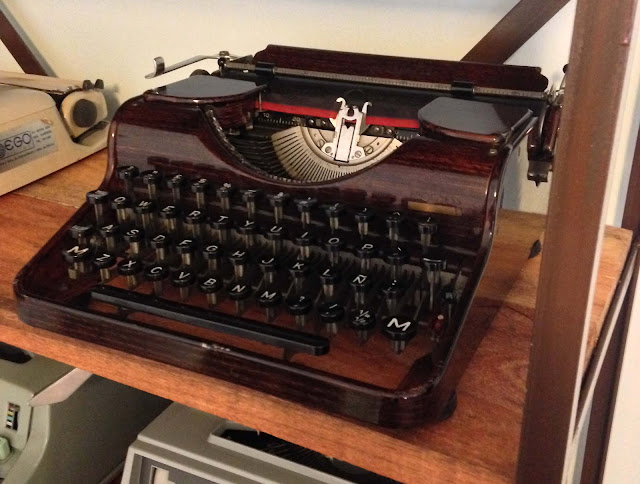
This Underwood Electric runs well and has an interesting hammertone finish.
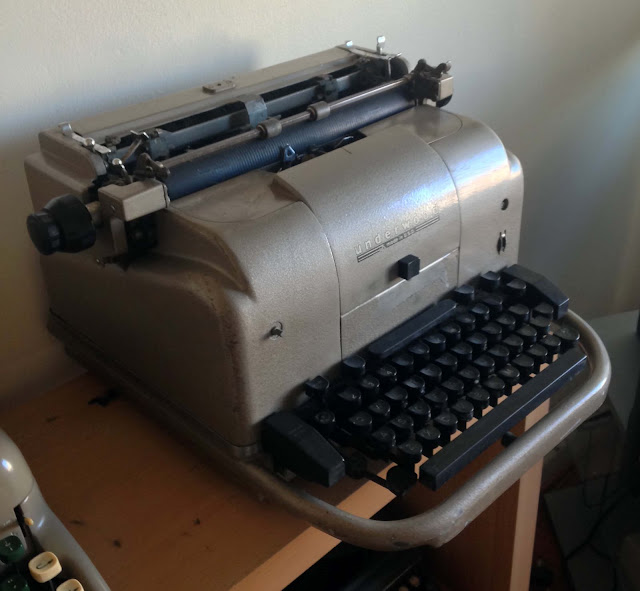
The Juventa and Sabb look similar, but they are different designs.


This Olympia Robust is not just in perfect condition; it came with a photo of its onetime owner, a certain SS officer who had a "Prof. Dr." in his title. The
SS Olympia 8 that formerly belonged to me will be joining this one, once it gets out of customs.
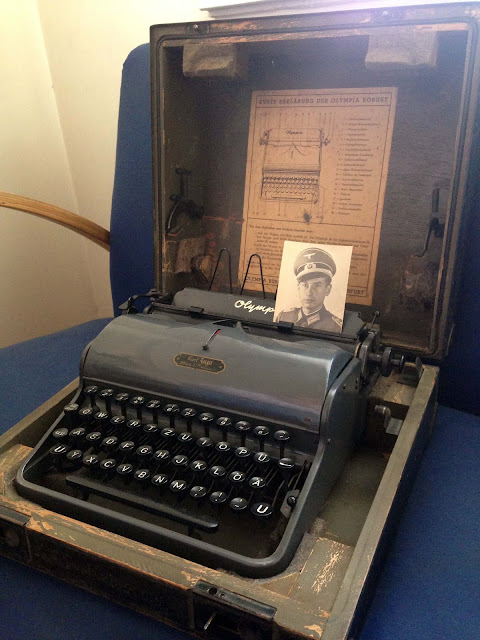
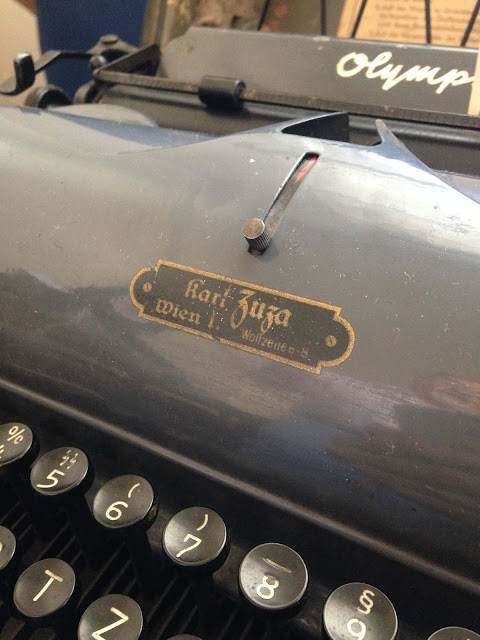
Weird name for a little Smith-Corona.
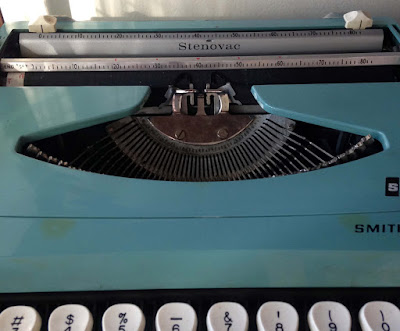
Great colors on this Barcelona-built Pluma 22 (Lettera 22).
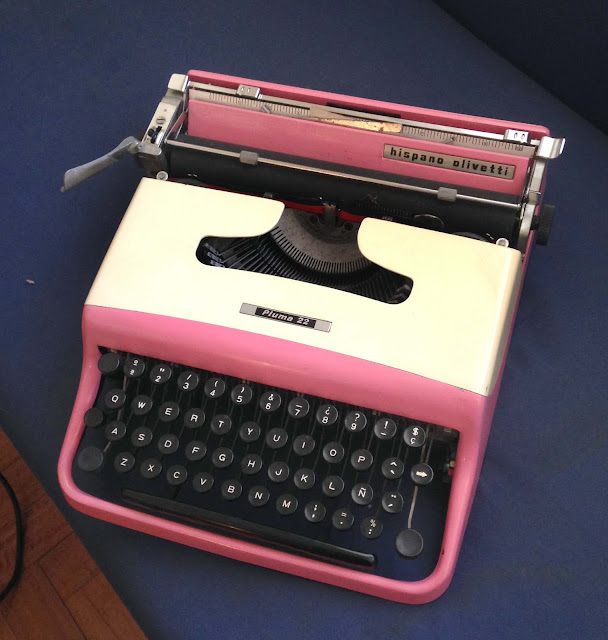
Two oddities about this Ruf (a name variant of the Hermes): it comes with an alternative typebar-covering panel, so you can switch between the Ruf logo and the Paillard logo; and it has a lined glass paper frame, apparently meant to let you keep track more easily of the spreadsheet you're typing.
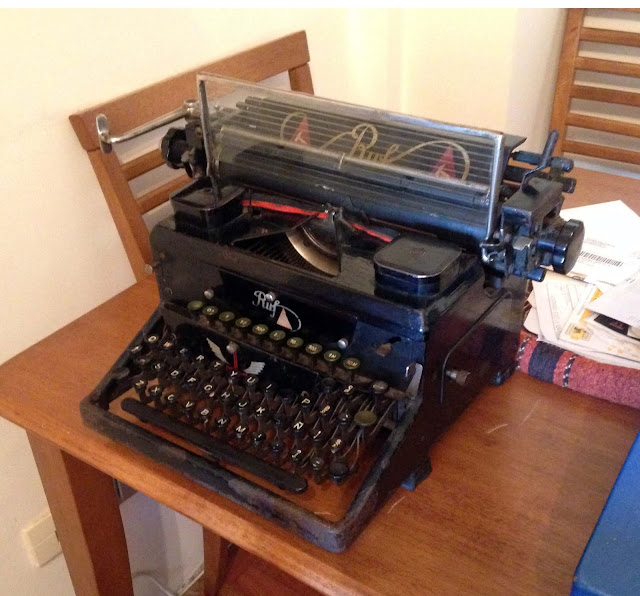
An uncommon Regent, the predecessor to the Imperial Good Companion. Made in Leicester, sold in Argentina.

Another Imperial, a Briton 55.

This very rare standard-sized machine with the Remington portable mechanism was sold as the Monarch 101 in the US.

The Remington J is more often seen as the Remington Junior.

This "L. C. Smith Silenciosa" sold in Buenos Aires by Pratt y Cia. features celluloid panels that are completely ineffective in quieting the machine down.

A recent addition to Guillermo's collection is this beautiful and massive Olivetti Lexikon 80E.

This gigantic machine is a rare Millionaire calculator, which performs the basic four arithmetical operations. Guillermo describes it as having a large mechanical random access memory.

The user interface would require some study.
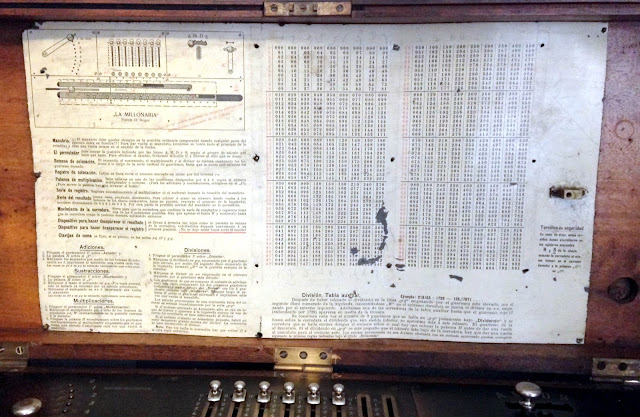
Several of Guillermo's machines have interesting decals or plaques.


This Cyrillic/Roman Blickensderfer no. 7 was sold in St. Petersburg ...

... and has the plaque to prove it.
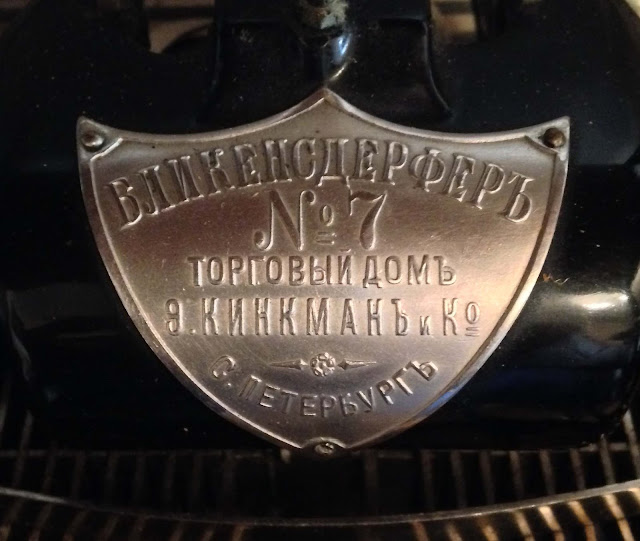
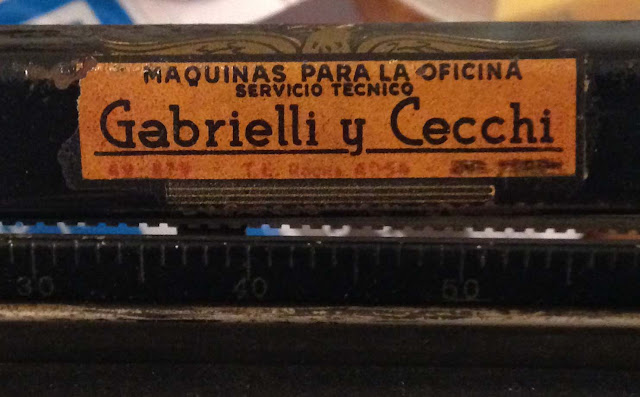

And now for the
Quiz
1. How is this model different from all other Remington Noiseless models?
2. Lexikon 80s are very common in Argentina—but not this one. Why not?
3. Can this Remington portable type in Spanish? Why or why not?
Feel free to write your answers in the comments. I'll add a comment with the correct answers when I put up my next post. Then you can rate your TQ as follows:
0 correct answers = typen00b
1 correct = observant typospherian
2 correct = member of the mecanographical literati
3 correct = typenerd
PS: Guillermo had some good news: in his neighborhood, he's seen young people typing in public, and he gets lots of curious questions when he carries typewriters along the sidewalk. The revolution has reached Argentina!


